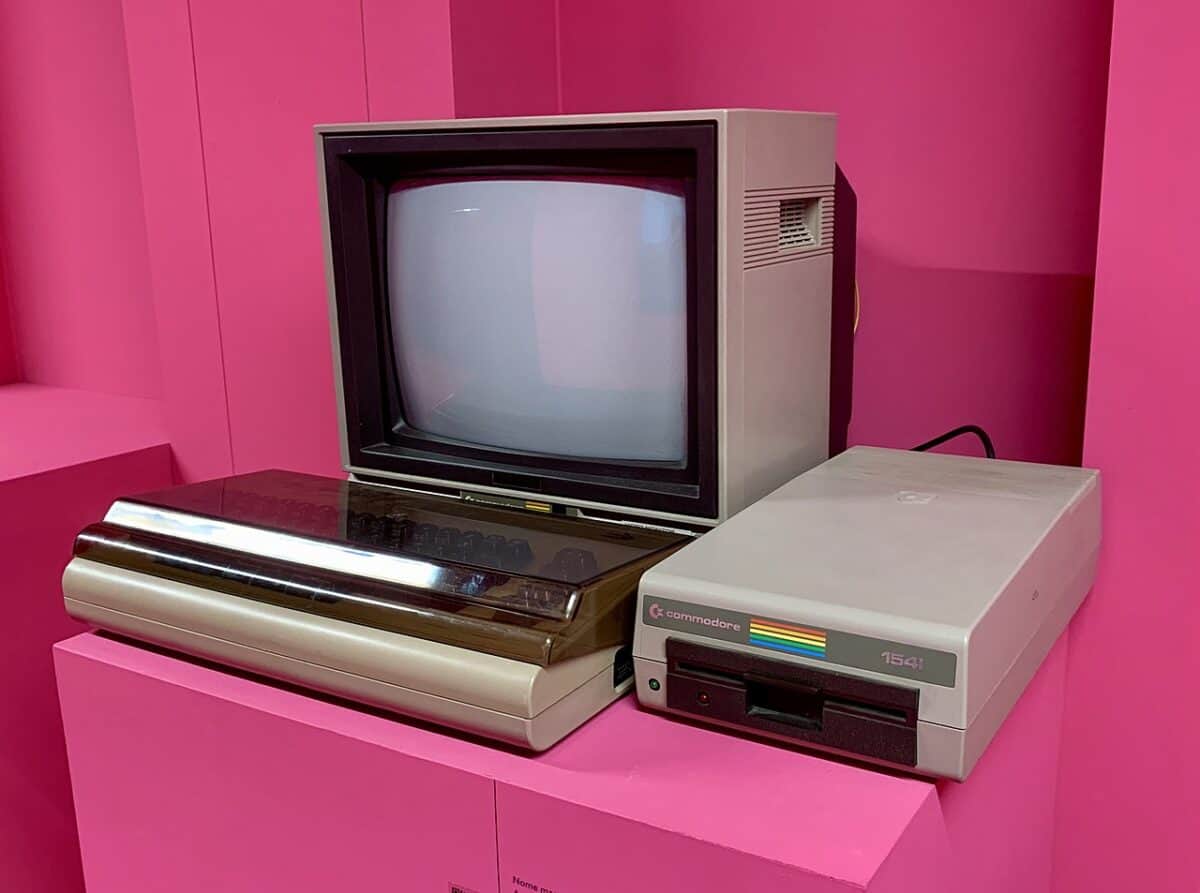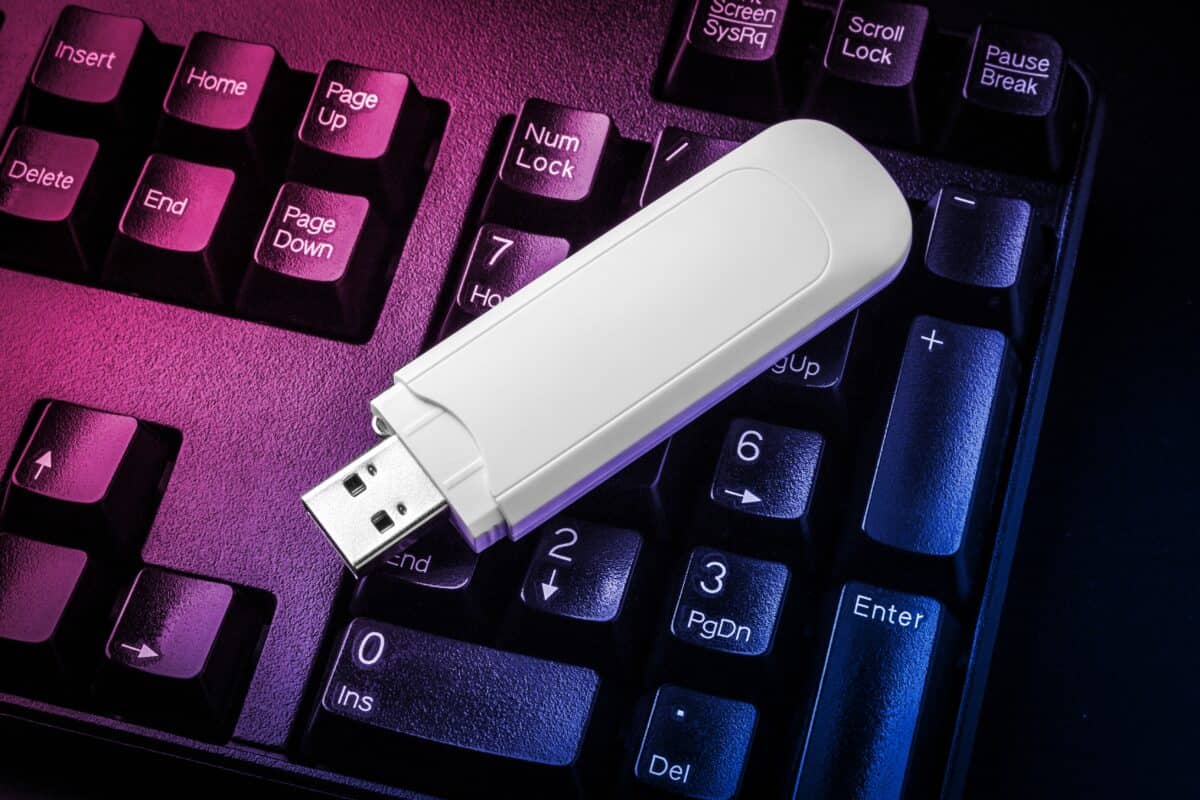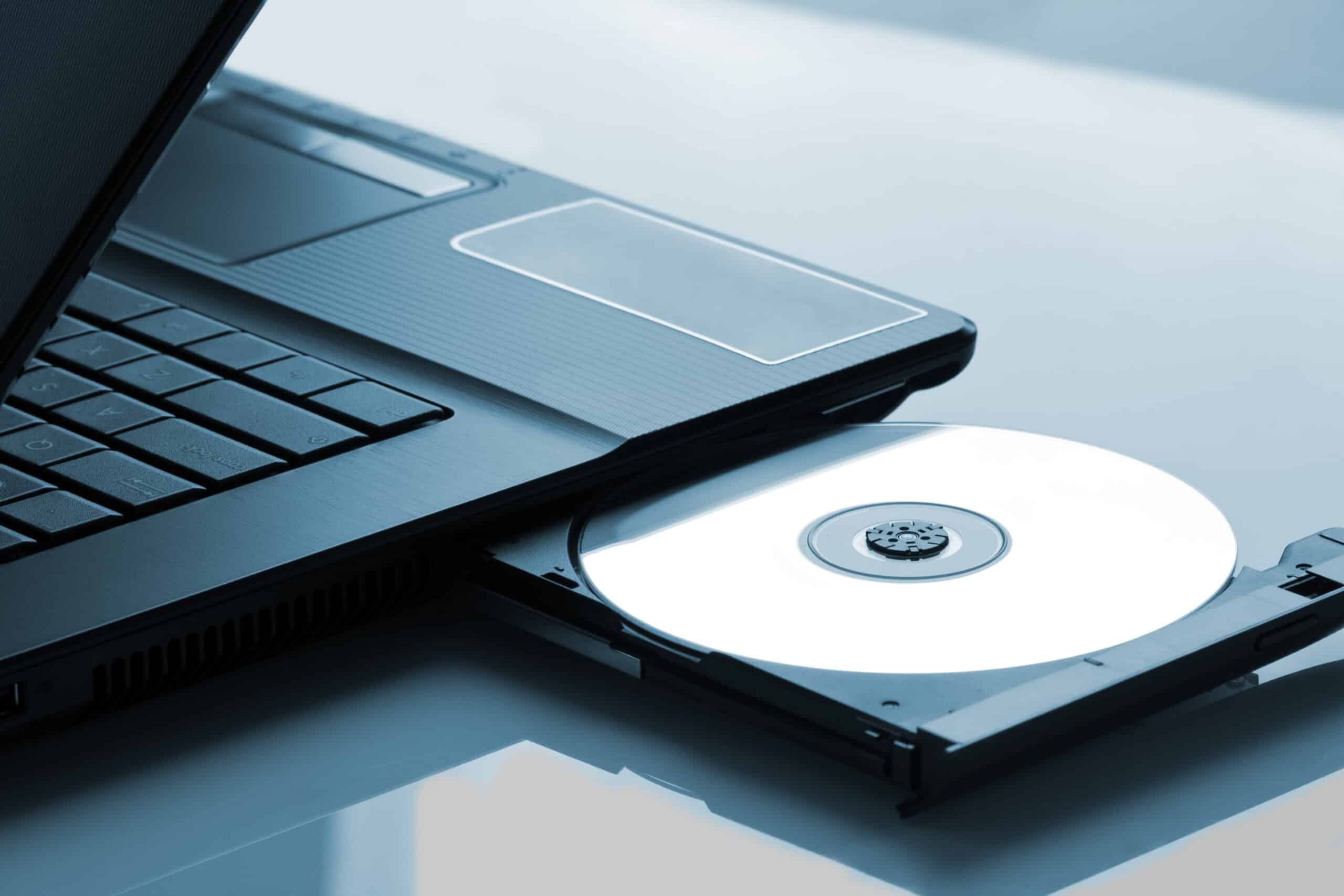Compact discs originally hit the scene in 1982, a joint effort from Japanese electronic giants Phillips and Sony. However, if you were a PC owner in the 1990s, you likely have fond memories of your humble CD drive unlocking worlds the internet wasn’t quite prepared to handle just yet. Today, we’re going to take a bit of a dive into CDs and how the storage format changed computing forever.
CD-ROMs in the 1980s

The very first CD-ROM drive debuted in 1988, another collaboration from Sony and Phillips. Before its introduction, you were primarily stuck with cassettes, reel-to-reel tape, or floppy disks when it came to loading programs and applications.
Now, the 1980s weren’t when the medium took off. CD-ROMs were little more than a novelty back then. However, it showed promise, it just needed the tech to take advantage of it.
Compact Discs Take Hold
The 1990s showed the actual potential of the CD-ROM drive. The earliest drives operated at a paltry 1x speed, which refers to the rotation of the disc in the drive itself. These read at 150 kilobytes per second. It wasn’t uncommon by the late 1990s to see CD-ROM drives come in 24x to 50x speeds.
Beyond the read-only-memory nature of the CD-ROM, the early 2000s saw the rise of CD-Rs and CD-RWs. These allowed users to write their data on compact discs. That aside, the adoption of CD-ROMs as a storage medium for software saw things like Red Book audio, full motion video, and higher resolution graphical assets present.
I remember being a child and sitting in awe of Encarta 95, which came on a single CD-ROM. Here was a graphical encyclopedia, all accessible from your bog standard beige box running Windows 95.
Waning Popularity

Compact discs were the storage medium of choice for just under a decade when it came to computing. Software eventually started moving to the DVD standard, which offered more storage while retaining a similar form factor. CD-ROM discs could only hold a maximum of 900 megabytes, which compromised the integrity of the disc.
Compare the standard 650 megabytes of the common CD to the 4.7 gigabytes of a DVD, and it’s a night and day difference. The advance of technology simply rendered the CD-ROM obsolescent. Interfaces for connections changed as well.
Even today, most users aren’t using any form of optical media for storage or software. Storage is cheap, and SSDs can be had for a song. Network speeds also increased accordingly. T1 and fiber lines are no longer the domain of state-of-the-art college campuses and government facilities.
Where They Sit Today
CD-ROMs remain a curio of sorts. Most new software isn’t getting pressed to CDs, but compact discs remain a popular physical medium for music. At the time of their introduction, the medium simply was too much for personal computers of the time.
By 2001, your average computer could transfer data between mechanical hard drives at a faster rate than a CD’s laser diode could read. As such, they remain something of a point of interest for retro PC enthusiasts.
I don’t have much time to assemble a genuine Pentium 3 to run something like Office 2000 or Quake 3, so the wallets of CDs I have gathering dust in my parents’ house remain something of a relic of a bygone time.
At Least Thumb Drives Don’t Skip
Compact discs changed computing, there’s no mistaking that. However, their impact was short-lived. If you weren’t around in the late ’90s or early 2000s for computers, technology was moving at a breakneck pace. I started middle school writing data on 3.25-inch floppy disks. By the time I left college, my primary laptop no longer had a disc drive.
That was only a decade more or less, technology moves at a much slower pace these days. Still, I miss the days when you could load up an Encarta or PC game CD into your Discman and listen to the audio tracks.
The image featured at the top of this post is ©Nomad_Soul/Shutterstock.com.
